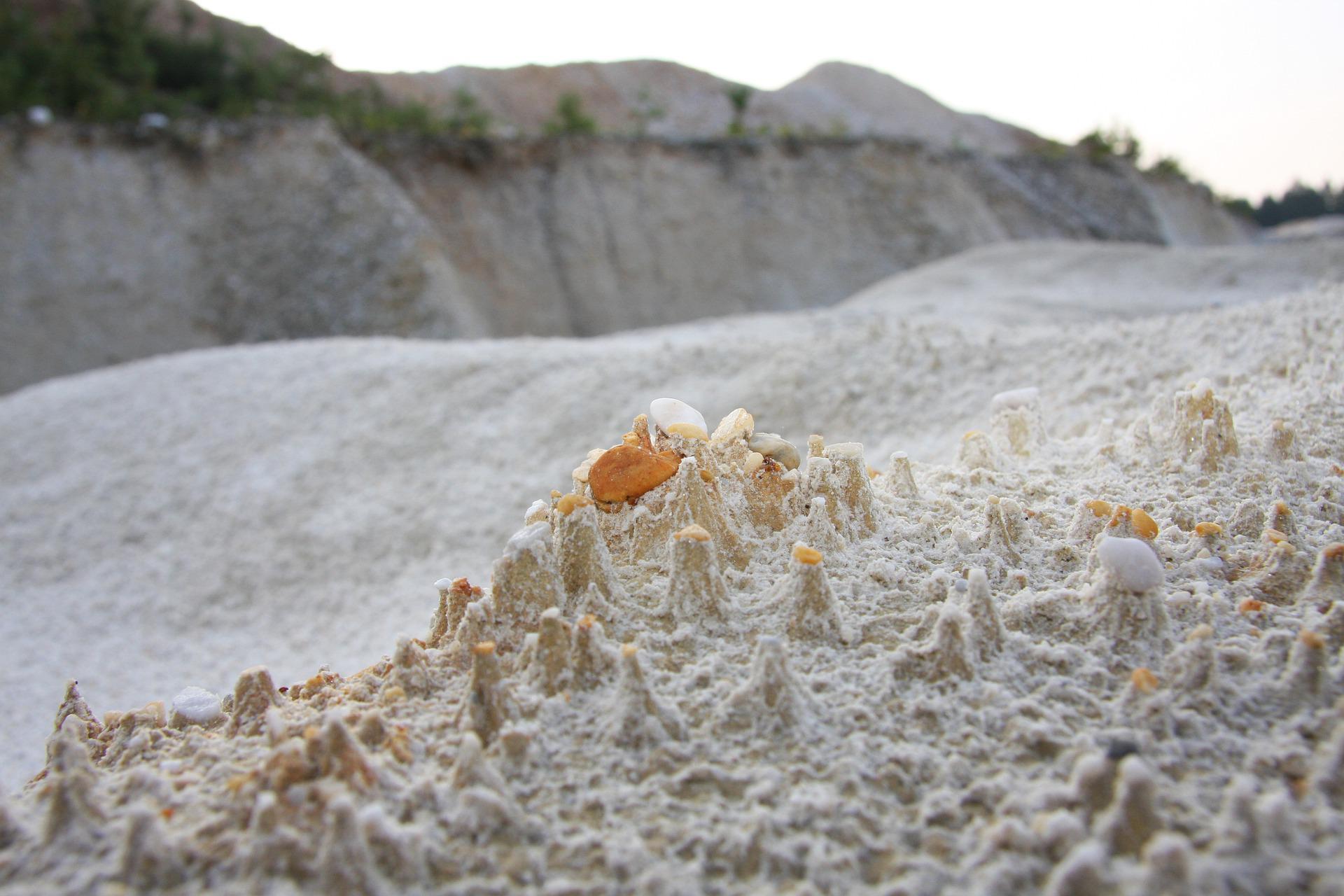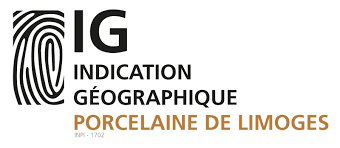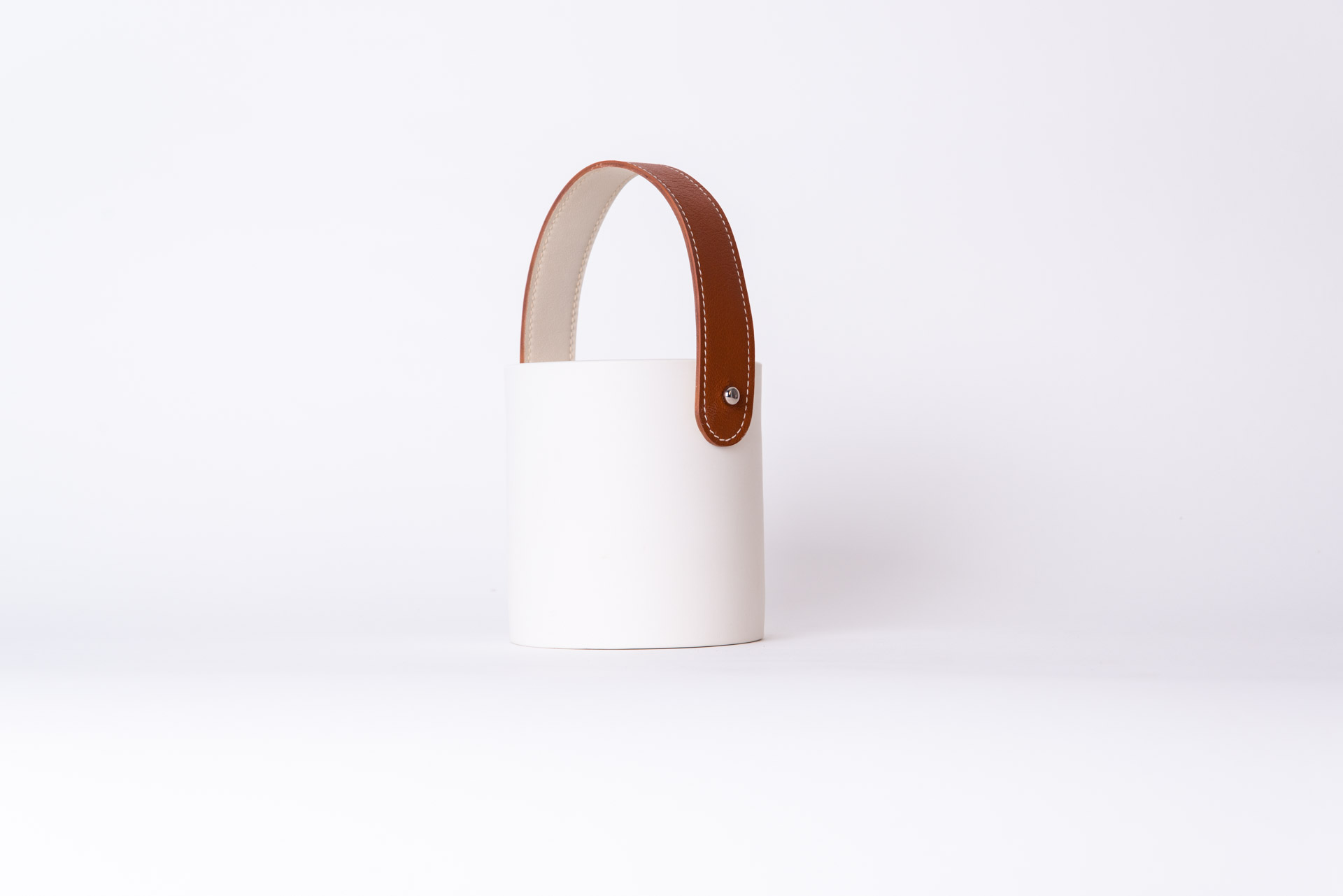How did the city of Limoges become famous ?
François Xavier d’Entrecolles, a Jesuit father living in Jingdezhen, China, studied and in 1712 revealed the composition and manufacturing secrets of Chinese porcelain. He is at the origin of the production of genuine porcelain in France, in Europe and especially in Limoges. He discovers kaolin, an essential material for the production of this hard and translucent ceramic.
The kaolin deposit at Saint-Yrieix-la-Perche, near Limoges, was only discovered in 1767 by a surgeon named Jean Baptiste Darnet. He reports to an apothecary the existence of white earth used by his wife to do her laundry. It is thanks to this deposit that Limoges is the capital of porcelain in France. Kaolins are white clays, friable and refractory, composed mainly of kaolinite which are aluminum silicates.
In 1769 Louis XV bought the deposit, making porcelain production a royal privilege. It is only from this date that we have the right to manufacture porcelain in France.
Kaolins from Limousin area, crushed in mills located on the Vienna River, feed, apart from the local industry, porcelain factories in Amsterdam, Copenhagen, London, Mainz, Nyon, Zurich, St. Petersburg…
In the 19th century, the porcelain industry fed a large part of the Limougeaude population. Indeed, the manufacturing cycle of a porcelain service involves many different professions and tasks (from the raw material deliverer to the seller, including the furnaceman or the porcelain painter). Porcelain experienced international prestige thanks to some American entrepreneurs, especially the Haviland family. This international influence justifies the opening of a US consulate in Limoges. In 1827, the city had sixteen factories and by the middle of the century, there were more than thirty.
«Porcelaine de Limoges» is an official brand, reserved for porcelain made in the Haute-Vienne department**, marked with a chrome green stamp «Limoges France» associated with initials or symbols that allow to identify the different manufacturers.
And since January 2018, porcelain has its label “IG” Geographical indication : an official sign of quality and identification of origin that protects geographical names from usurpation and gives consumers information about the origin of a product that has a link or specificity related to that origin.
By recognizing the know-how, the professionals and the local specificity of tLimoges Porcelain, the label “IG” protects the origin of the products on the one hand and, on the other hand, contributes to the economic, cultural, tourist and social development of a territory.
Do you like Limoges porcelain ? Do you have a project ?





